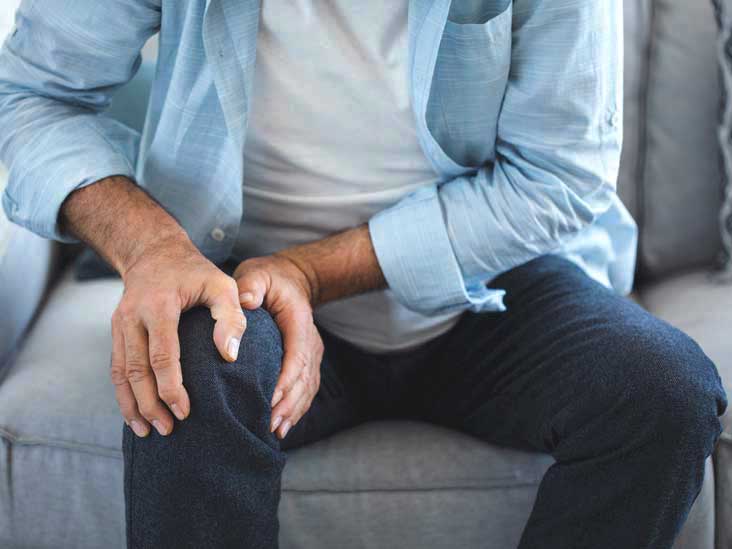Osteoarthritis (OA) is the most common of all the arthritic conditions today. OA is a joint disease related to aging and overuse causing a breakdown and eventually a loss of the cartilage in a joint. Cartilage is a protein that protects the ends of bones in a joint. OA affects mostly weight-bearing joints such as the hips, knees, ankles, and feet. However, the hands, shoulders, and spine are also at risk.
Causes and risk factors:
- Aging causes an increase in the water content of the cartilage and a decrease in the protein content putting the joint at risk for degeneration
- Overuse of the joints cause inflammation and eventually wear and tear
- Previous injuries or fractures to a bone or joint increases the risk of early OA
- Obesity leads to early degeneration due to high stresses on the weight-bearing joints
- Gout, congenital abnormalities, and hormonal disorders
Signs and Symptoms:
- Pain at the joint worsening at the end of the day
- Stiffness at the joint
- Swelling
- Heat
- Crepitus (grinding sounds)
- Loss of function
Treatment
- Rest
- Light or no-impact exercise to strengthen muscles surrounding the joint
- Physiotherapy and occupational therapy
- Support devices (canes, walkers, splints)
- Weight loss through diet and exercise
- Total joint replacement surgery (i.e. hip, knee, shoulder)
- Heat and ice
- Cortisone injection
- Non-steroid anti-inflammatory drugs (NSAIDs)
- Pain relievers/analgesics (aspirin, ibuprofen, acetaminophen)
- A series of hyaluronic acid injections (Synvisc, Hyalgan) into the joint
Glucosamine
Glucosamine is found naturally in the body and is extremely effective in decreasing OA symptoms on a long-term basis.
Food sources of glucosamine are few and far between. So many people need to find a supplement for Glucosamine since it is not readily available in their food.
Glucosamine has been shown to rebuild cartilage and decrease joint deterioration with NO side-effects! NSAIDs, on the other hand, can cause stomach bleeding, intestinal damage, and liver failure. Glucosamine treats the culprit causing the problem, not just the symptoms.
What you should look for when shopping for Glucosamine:
- Liquid form as opposed to pill or tablet because it’s absorbed easier
- The dose size should be 1000 mg of Glucosamine
- The cost for a month’s worth should be between 30-50$
- Look for other ingredients included in the bottle such as Chondroitin Sulfate, MSM, Omega 3 Fatty
- Acids, Manganese Ascorbate, Aloe Vera, Boswellia Serrata (Boswellin), Niacinamide, Vitamin C,
- Vitamin A, Vitamin E, Bromelain, and Yucca.
***Be patient and you should feel a decrease in symptoms in 3-4 weeks as long as you have also incorporated rest, mild exercise, and weight loss (if needed) into your lifestyle.







Be First to Comment